J-STORIES - Japan’s big construction woes may be solved by a small, unexpected solution: bacteria. This special microorganism enables the self-healing properties of a concrete developed by the Japanese company Aizawa Concrete Corporation. The material is set to address the building issues in Japan and to reduce the carbon emissions affecting the industry.
Japan saw a rapid construction boom during its economic growth in the 1960s-70s. But the now 50- to 60-year-old buildings are now at their durability limit as the concrete used is already old and cracked. If left unattended, these will increase the risk of the steel rebar getting rust, which can lead to collapse. The repair and maintenance of said buildings are labor-intensive and costly.
Here comes the Basilisk HA self-healing concrete and its wunder-bacteria. When a crack appears, the bacteria immediately fill it. Because it activates at the early stages of the crack, undetected during inspections, it can repair the concrete before it worsens.

The concrete bacteria
The bacteria can live up to 200 years and reproduce by division repeatedly, thus the healing properties can last a long time. The concrete is expected to have a service life of 100 years and more, thus allowing the structure to be de facto “permanent.”
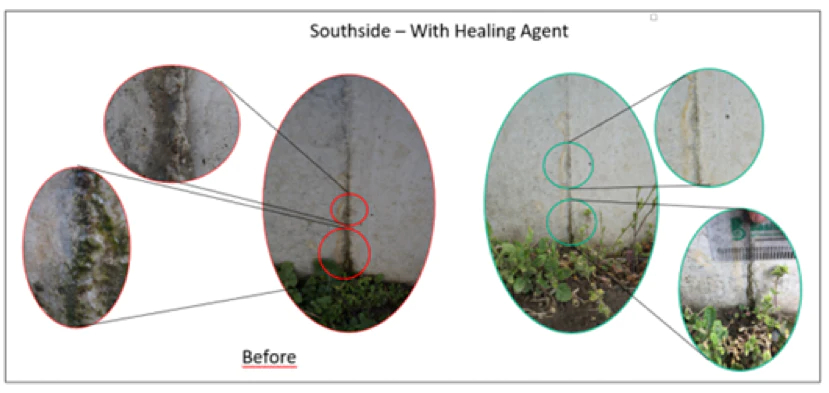
The technology was originally developed by a Dutch team led by Associate Professor Hendrik M. Jonckers of Delft University of Technology. However, the production process was complicated, and the practical and commercial application was challenging.
Aizawa Concrete Corporation tie-up with the Dutch side. They spent 2.5 years developing a production method and conducting tests. Eventually, they succeeded in commercializing and mass-producing a concrete suitable for Japan's environment.
The concrete is also sold as a mortar and liquid repair material. The technology has been used in construction facilities in Japan, which include Japan's largest onshore salmon aquaculture facility, a tsunami-proof foundation for gas piping in an LNG terminal, and several large pond-like structures.
.jpg)
From healing itself to reducing carbon
Aizawa's self-healing concrete is attracting attention as one way to reduce CO2 emissions in the construction industry. Because the concrete can technically repair itself, it can reduce repair and reconstruction activities, which emit a lot of CO2.
To spread their decarbonization goal to the entire industry, the company launched in January 2022 their "NET ZERO 2035" goal. They plan to achieve virtually zero CO2 emissions in their product supply chains, suppliers, logistics, and recycling processes by 2035, the company’s 100th anniversary.
.png)
To achieve their goal, Aizawa announced the "aNET ZERO Initiative," a comprehensive technology transfer program for other companies that wish to join their cause. This transfer includes the company’s proprietary material decarbonization technology and greenhouse gas emissions management using blockchain. The targeted supply chain includes companies both in Japan and overseas. The company has formed partnerships with 46 companies, who are accelerating a "collective move" toward decarbonization in the industry.

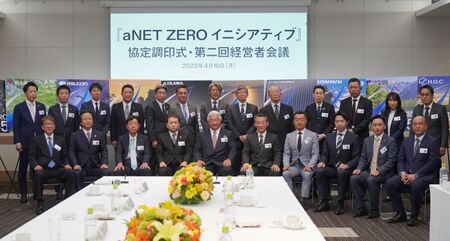
In an interview with J-STORIES, company president Yoshihiro Aizawa explained the significance of this action:
“We thought it was our responsibility to take action before anyone else, as we are the first ones to be aware of this problem. By sending this message to many people and building connections with those who have the same goals, the world will surely change little by little." He also hopes the cement and concrete industry will become "an indispensable industry in the era of decarbonization.”
Translation and Editing by Dedsiderio Luna.
Top page photo by Aizawa Concrete Corp.
For inquires about this article, please contact us at jstories@pacificbridge.jp
***
Click here for the Japanese version of the article.
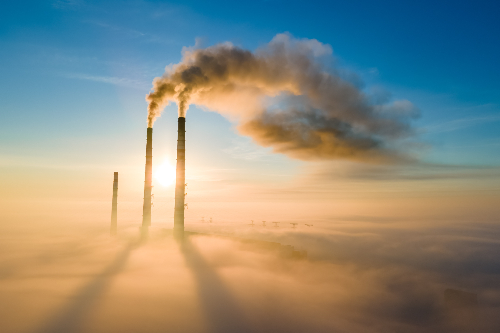
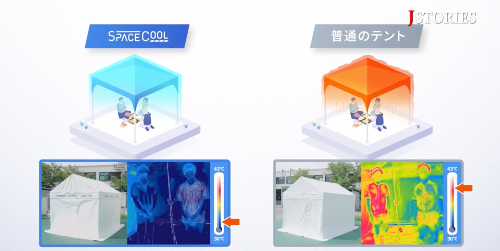
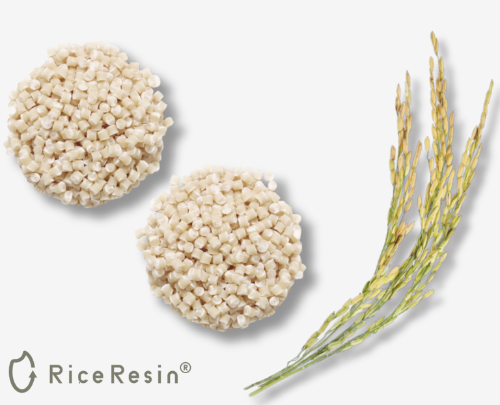

![[Podcast] Japanese technology to supercharge human fertility (Part 3)](https://storage.googleapis.com/jstories-cms.appspot.com/images/1766558713084place-for-scientific-research-2025-03-07-14-08-49-utc%20(1)_bigthumbnail.jpeg)
![[Interview: Part 2] A digital approach to tackle child hunger in Japan with dignity](https://storage.googleapis.com/jstories-cms.appspot.com/images/1766130666509unnamed_bigthumbnail.jpg)
![[Podcast] Japanese technology to supercharge human fertility (Part 2)](https://storage.googleapis.com/jstories-cms.appspot.com/images/1765863548035unnamed-7_bigthumbnail.jpg)
![[Podcast] Japanese technology to supercharge human fertility (Part 1)](https://storage.googleapis.com/jstories-cms.appspot.com/images/1765440905082unnamed_bigthumbnail.jpg)
_bigthumbnail.jpeg)





![[Interview] When digital and physical worlds meet](https://storage.googleapis.com/jstories-cms.appspot.com/images/1747974430456unnamed-2_smallthumbnail.png)
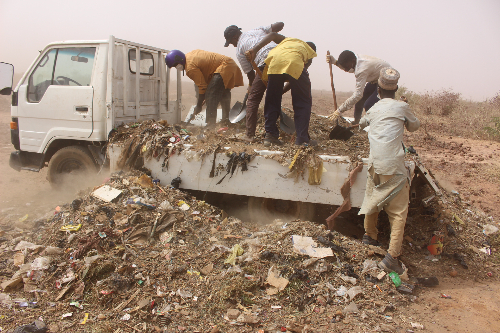



_smallthumbnail.jpeg)

![[Interview: Part 1] From nourishing souls to feeding the hungry](https://storage.googleapis.com/jstories-cms.appspot.com/images/1763695595492unnamed_smallthumbnail.jpg)

